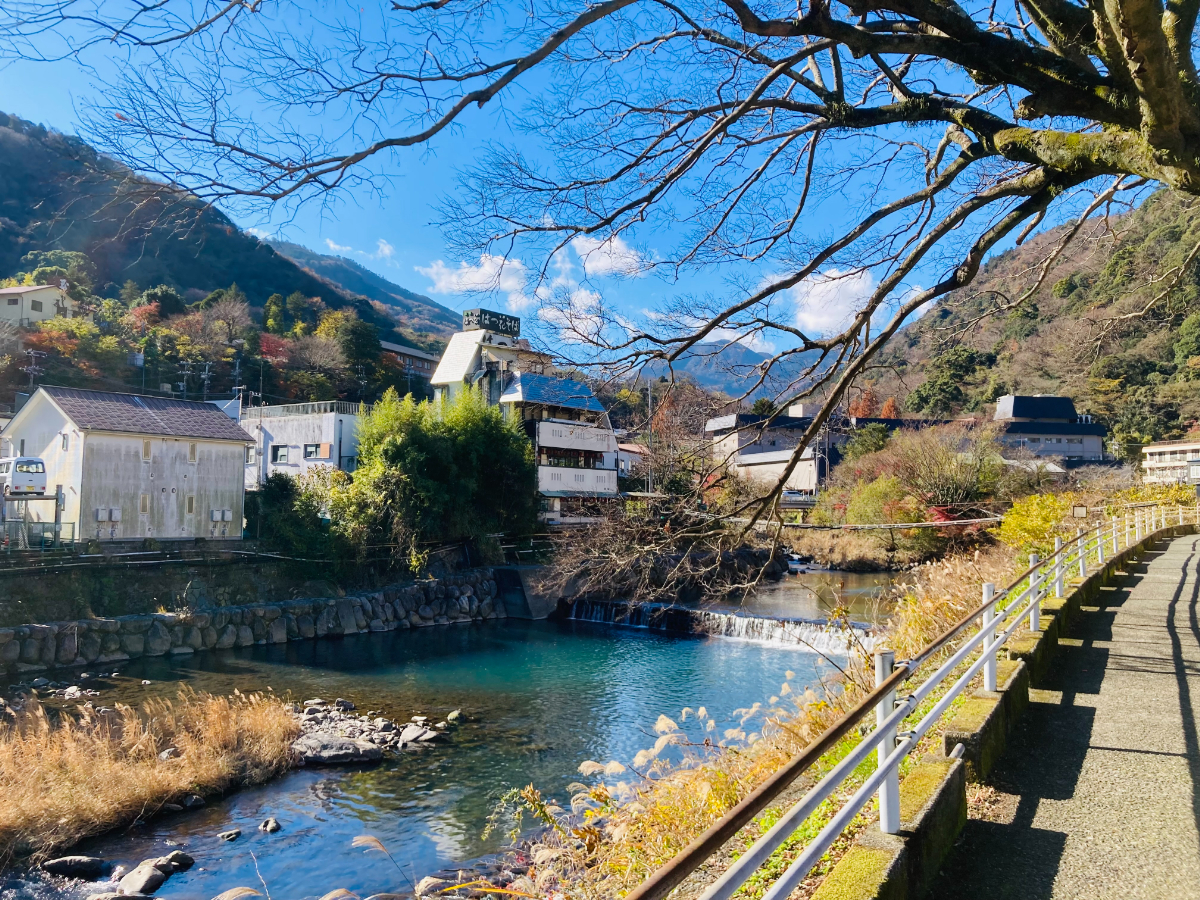I did 3-day, 2-night trip to Hakone.
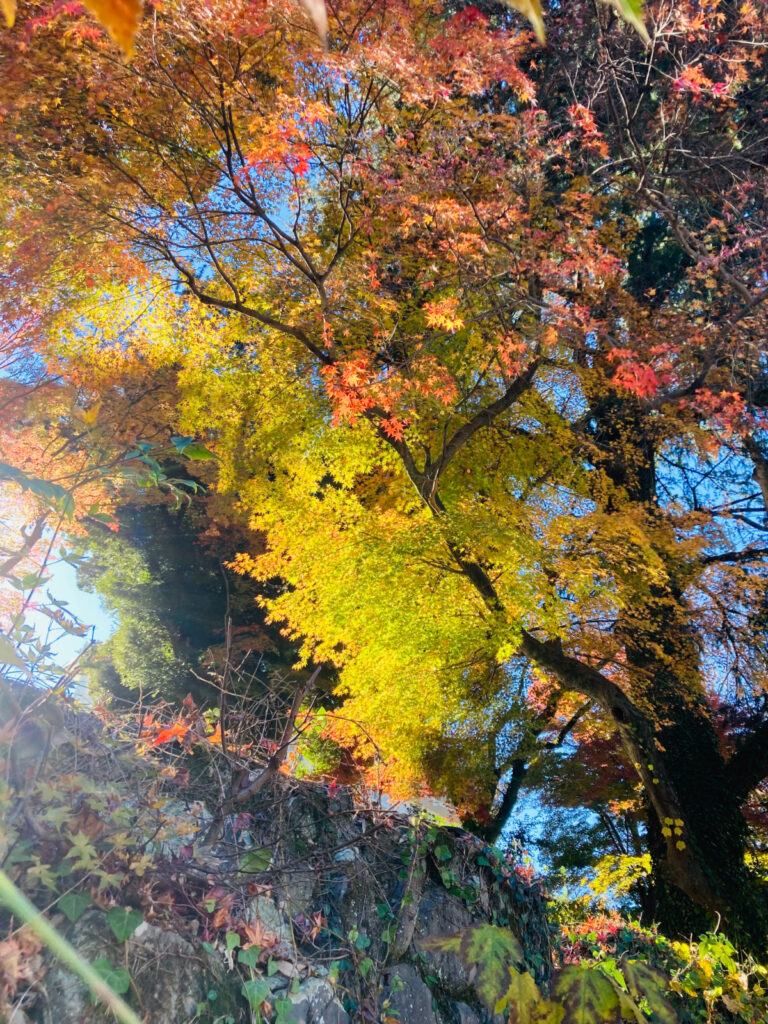
- Hakone in a Nutshell
- The Meaning Behind the Name “Hakone”
- Hakone’s Signature Dish: 湯葉ゆば (Yuba)
- Hakone’s True Highlight: Hot Springs
- Hot Spring Inns: A Legacy of Japan’s Bubble Economy
- My Stay at Hotel Okada
- Exploring the Hot Springs
- Dining: Kaiseki Cuisine and Buffet
- Nearby Shrine and Waterfall
- Reflecting on the Year: A Digital Detox
Hakone in a Nutshell
Hakone is a charming resort town in southwestern Kanagawa Prefecture, just a stone’s throw from Tokyo. Whether you take the bullet train (shinkansen) or a regular train, it’s a quick trip—about an hour or an hour and a half, respectively.
Known for its stunning mountain scenery and natural hot springs, Hakone is also home to traditional inns (ryokan) where you can unwind in serene comfort.
The Meaning Behind the Name “Hakone”
The name “箱根 (Hakone)” consists of two kanji:
- 箱 (Hako): Box
- 根 (Ne): Root
Together, they imply “the root of a box-like mountain.” This ancient name even appears in the 万葉集 (Manyoshu), a poetry anthology from over 1,200 years ago. It’s fascinating to think that Hakone was named so long ago!
The lush greenery surrounding Hakone-Yumoto Station greets visitors with an immediate sense of tranquility.
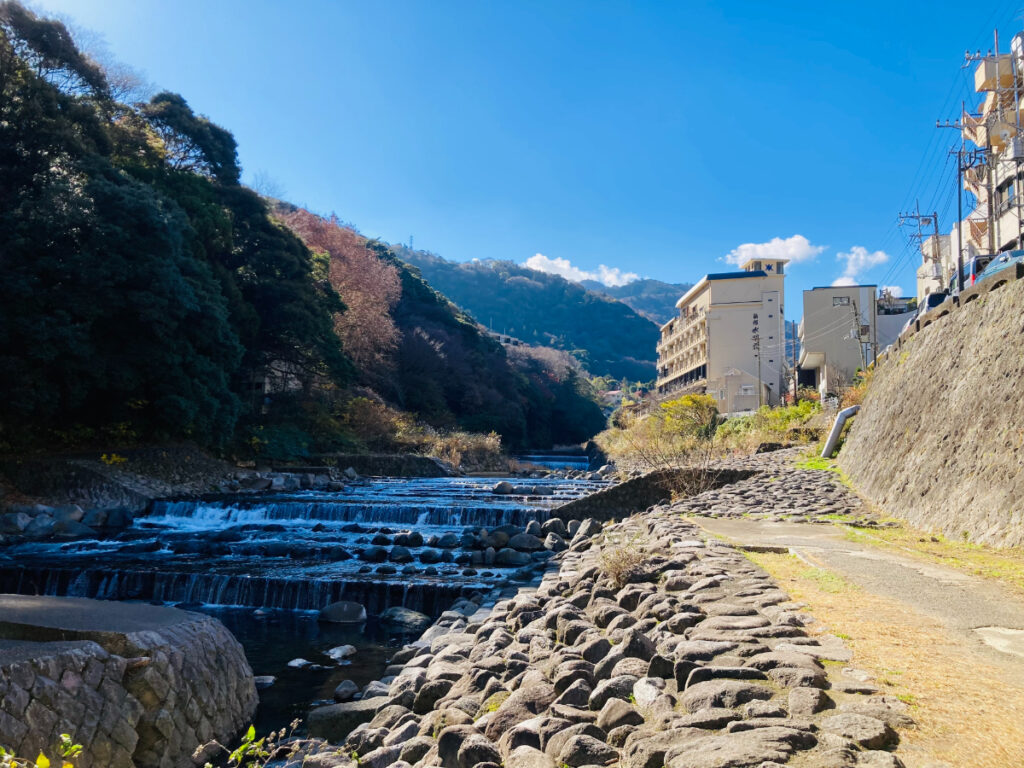
Hakone’s Signature Dish: 湯葉ゆば (Yuba)
After arriving at Hakone-Yumoto Station, my first stop was 直吉 (Naokichi), a restaurant specializing in yuba—a delicacy similar to tofu skin.
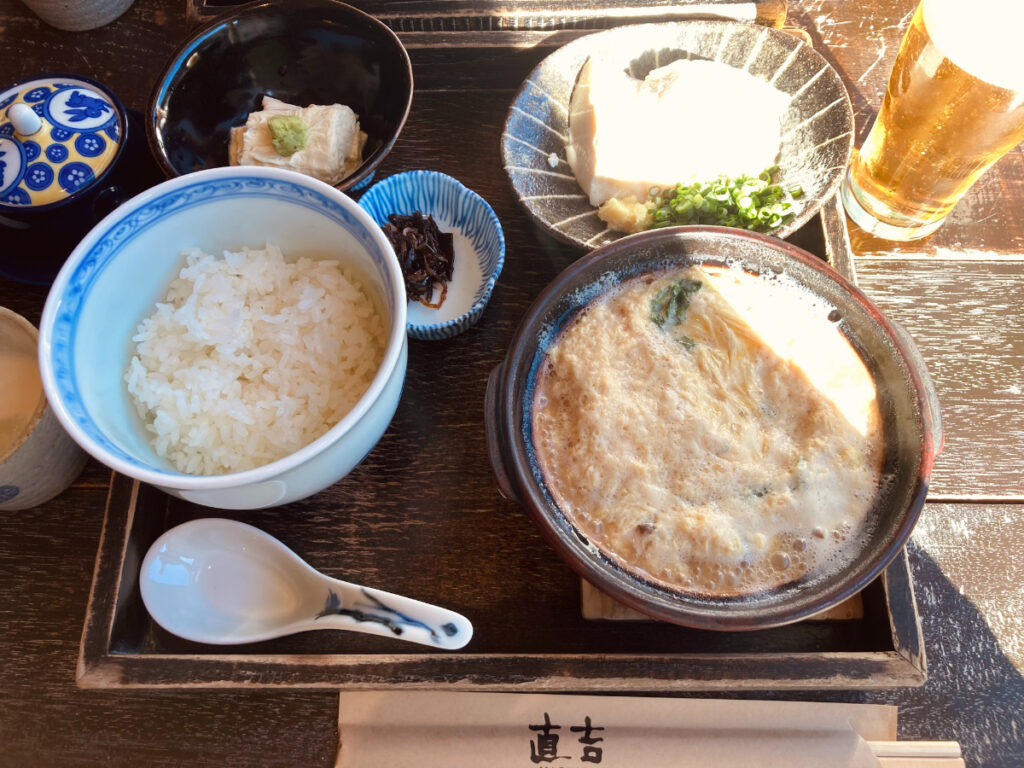
I don’t often eat yuba, but it’s incredibly nutritious and vegan-friendly, making it a great choice for just about anyone. Despite its light and tofu-like texture, it turned out to be surprisingly satisfying.
Hakone’s True Highlight: Hot Springs
Unlike bustling tourist hubs like Tokyo, Osaka, or Kyoto, Hakone offers a different kind of experience. It’s a resort town where the focus is on relaxation, particularly in its renowned hot springs.
During my stay, I hardly left the hotel, spending most of my time soaking in the baths, savoring delicious meals, and simply resting.
For us Japanese, this kind of hot spring getaway is pretty common, but I’ve come to realize it’s a uniquely Japanese experience. With so many natural hot springs across the country, these trips are deeply embedded in our culture.
If you ever visit Japan, I hope you’ll give this tradition a try!
Hot Spring Inns: A Legacy of Japan’s Bubble Economy
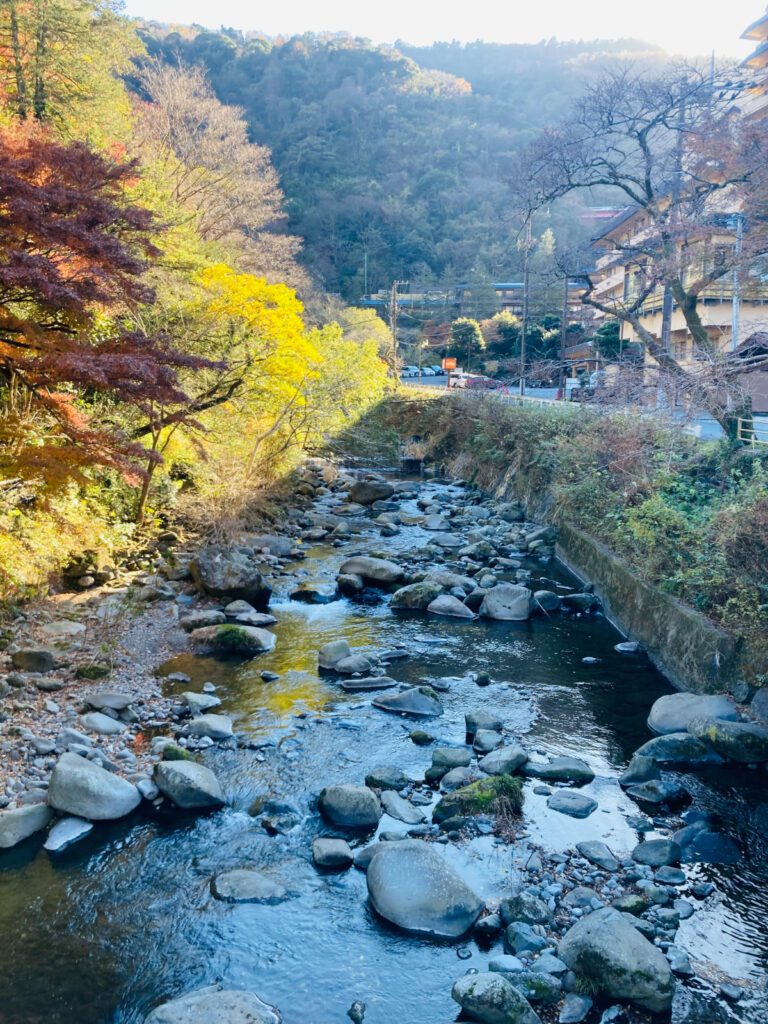
Hakone boasts countless hot spring inns, many of which were built during Japan’s economic bubble era. Back then, grand resorts sprang up in places like Hakone, Izu, and Karuizawa, featuring luxurious interiors meant to attract affluent travelers.
However, when the bubble burst, many of these inns became eerily quiet. While some might see this as a negative, I personally enjoy the nostalgic, somewhat forlorn atmosphere.
Interestingly, places like 鬼怒川温泉 (Kinugawa Onsen), which have become almost deserted, now attract fans of abandoned buildings. These quiet, once-grand hot spring inns feel like a reflection of Japan’s stagnant economy over the past three decades.
With the rise in international tourism, though, things are changing. I even noticed a few foreign guests at my hotel during this trip.
My Stay at Hotel Okada
This time, I stayed at Hotel Okada.
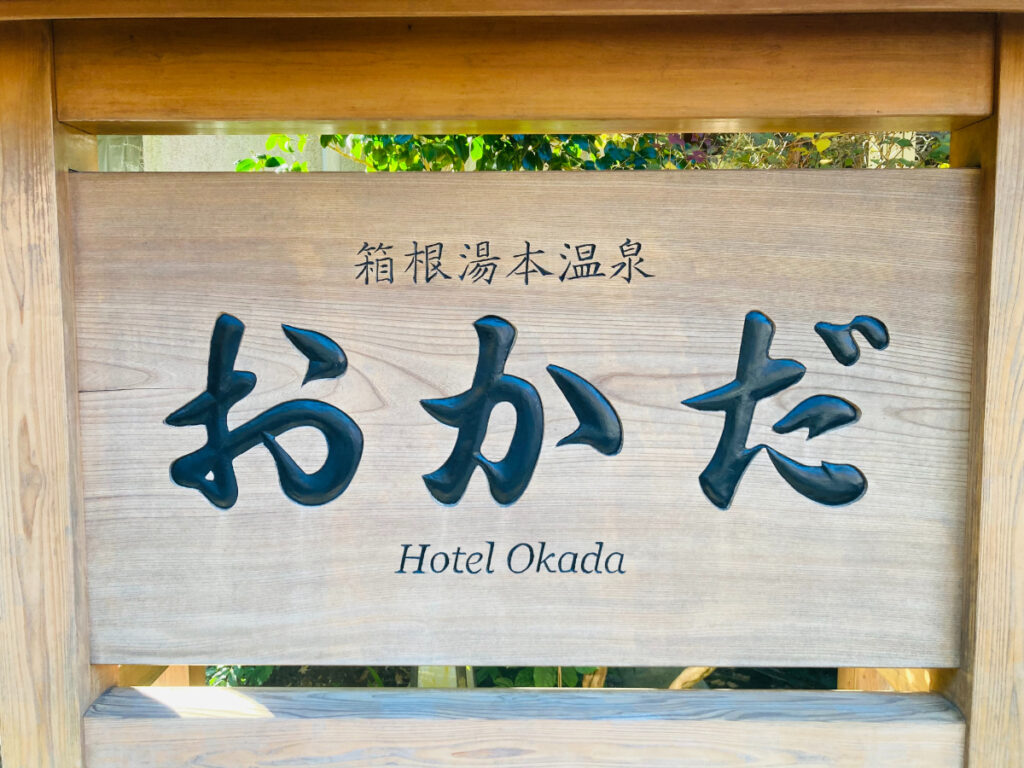
For the past six months, I’ve been discussing Yasuke with Associate Professor Mihoko Oka from the University of Tokyo on X. I planned this trip as a break to relax and forget about both Yasuke and her.
But oddly enough, the hotel’s name reminded me of her! A pure coincidence, as my friend had made all the reservations, but life is full of strange connections.
Our room featured a private open-air hot spring bath, which I absolutely loved. There’s something so indulgent about soaking in your own bath while enjoying a beer or some snacks. (Just be careful—alcohol hits harder in a hot spring!)
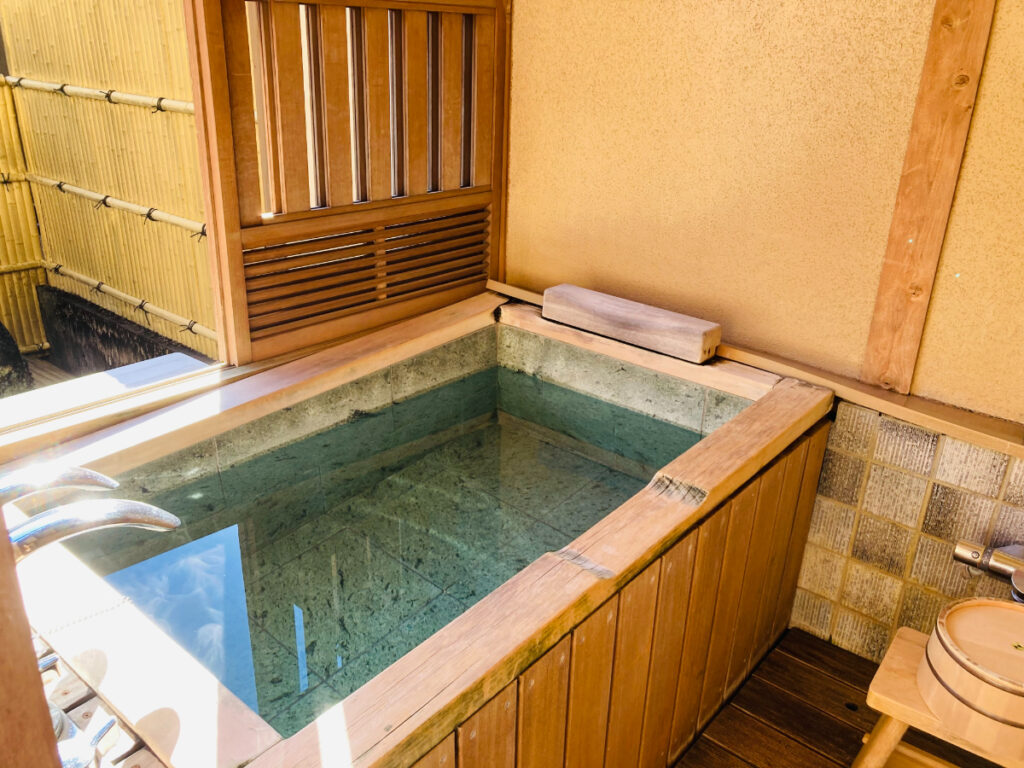
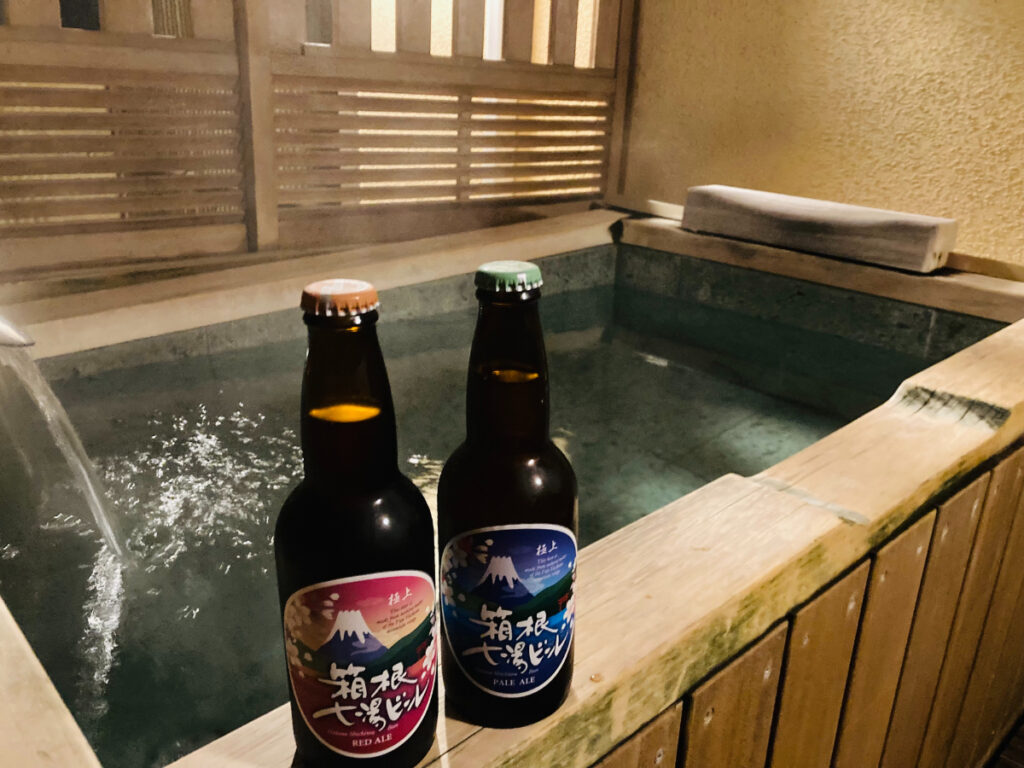
Exploring the Hot Springs
Beyond the private bath in our room, we had free access to the large communal baths and the nearby 湯の里 (Yunosato) hot spring spa.
Under the light of a full moon, the view from the open-air bath was breathtaking. Living in Akihabara, where city lights dominate the night, I rarely get to see the moon so clearly. It was a truly moving experience.
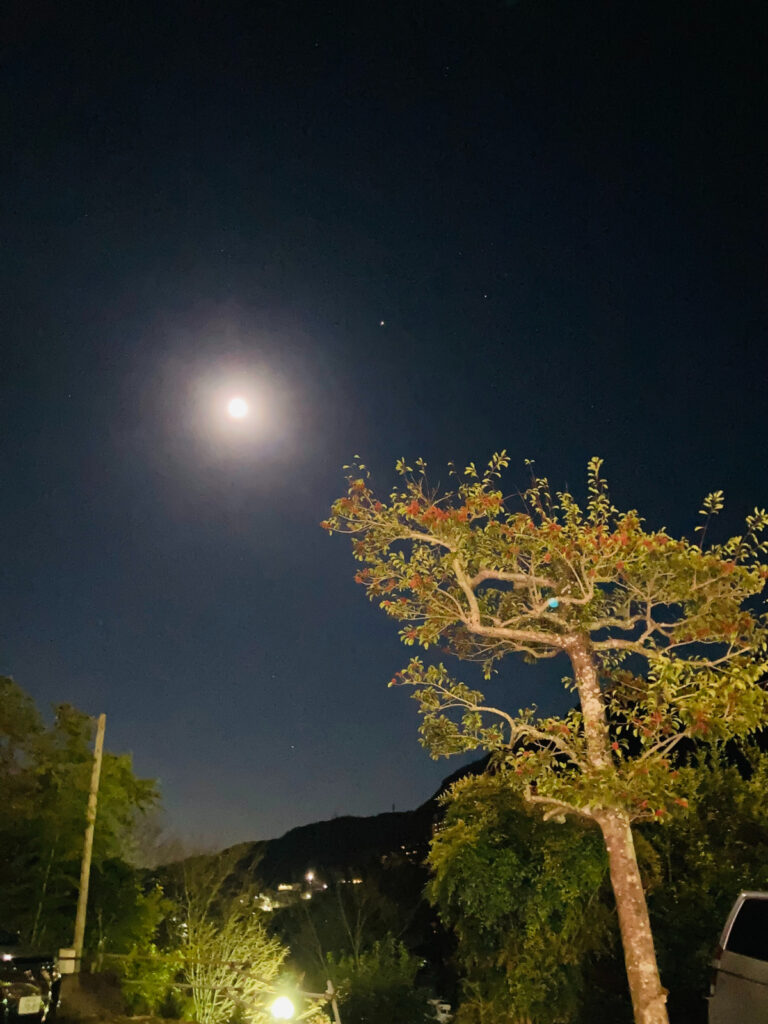
After soaking, I treated myself to a beer and some soba noodles—pure bliss!
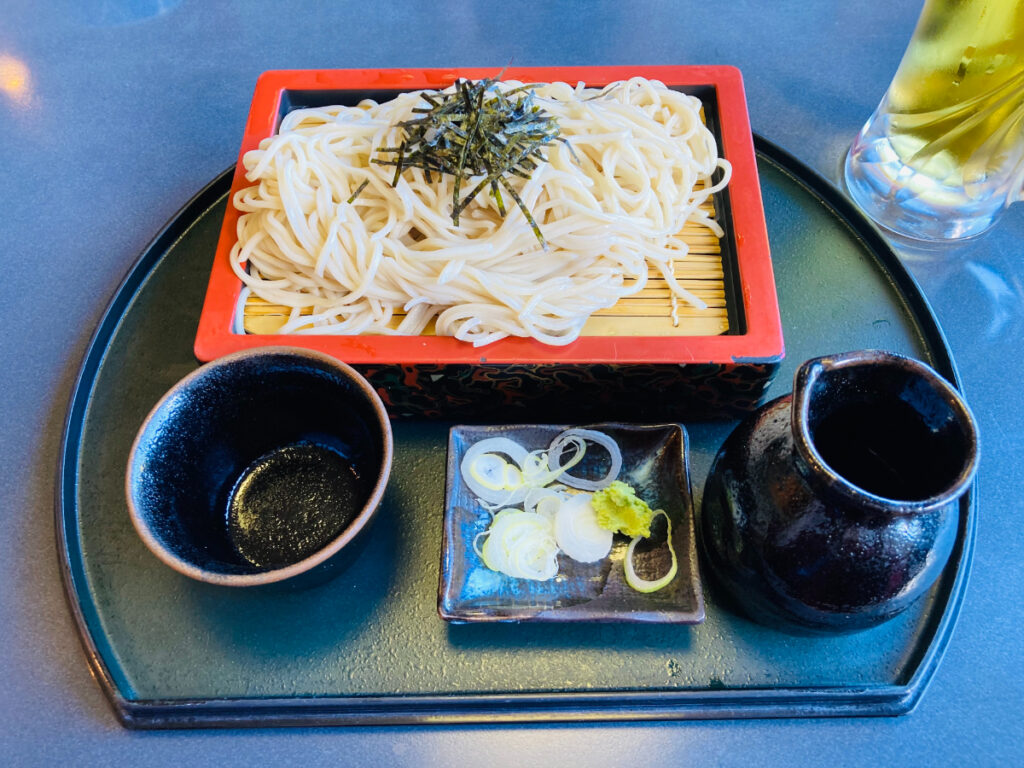
Dining: Kaiseki Cuisine and Buffet
Kaiseki Cuisine
On our first night and second morning, we dined at a kaiseki restaurant. The beautifully arranged local dishes came with a detailed menu, making it fun to discuss and guess the ingredients as we ate.
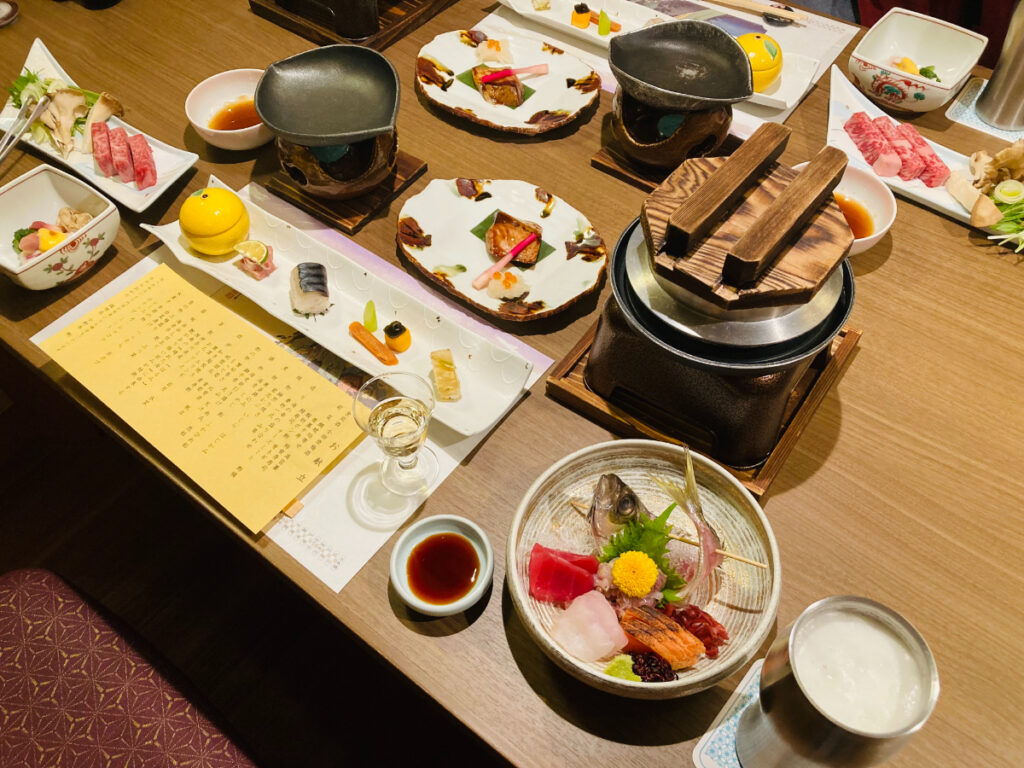
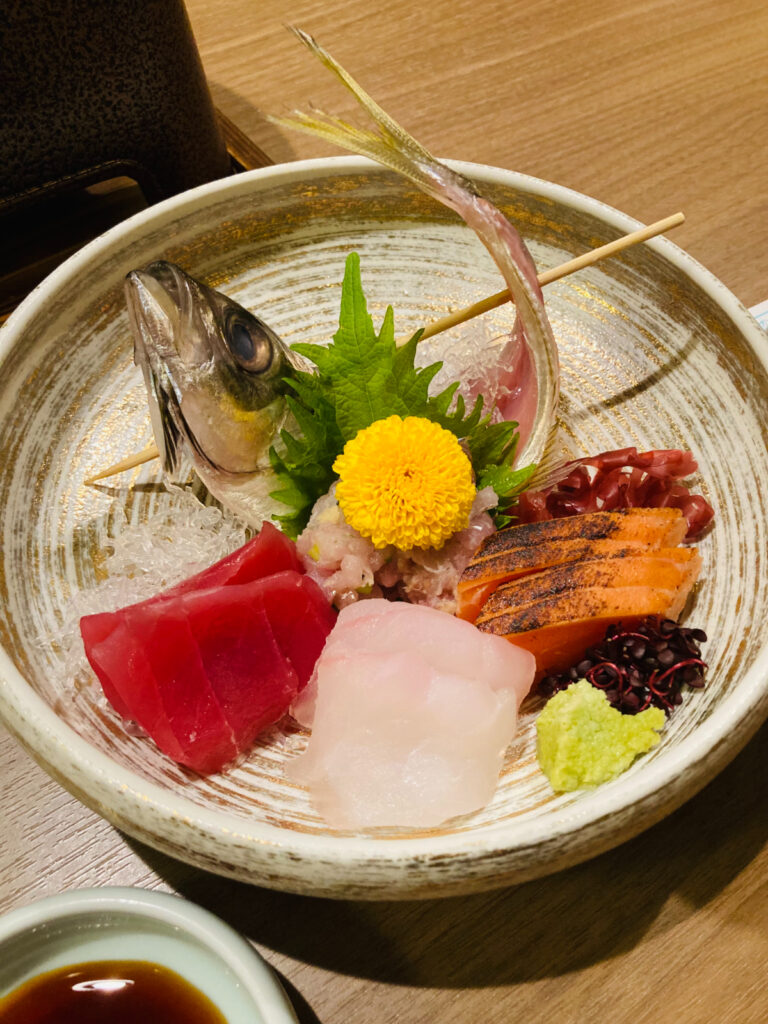

Buffet Option
On our second night and third morning, we opted for the buffet. With sushi, tempura, cakes, and even macarons on offer, it was a feast!
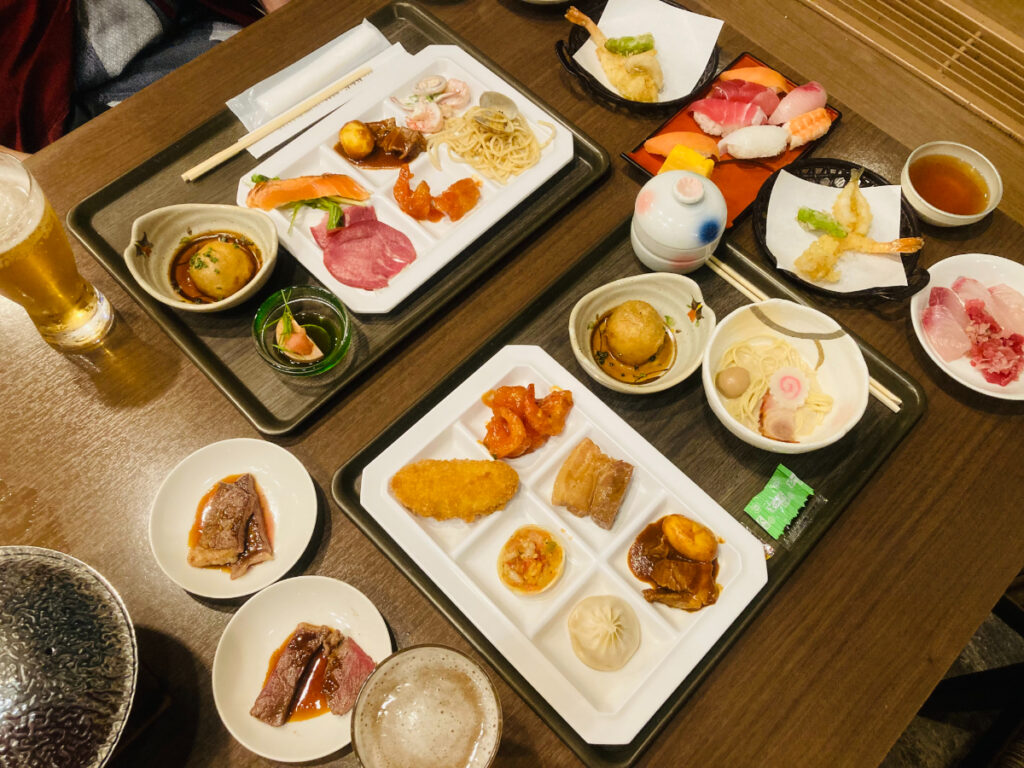
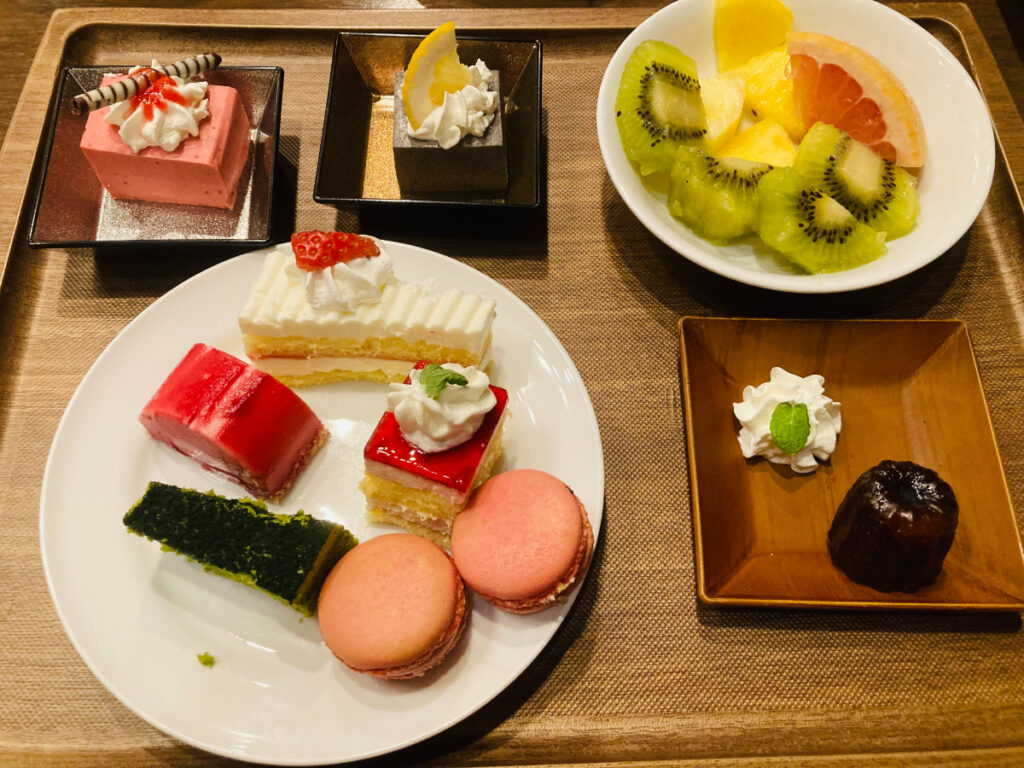
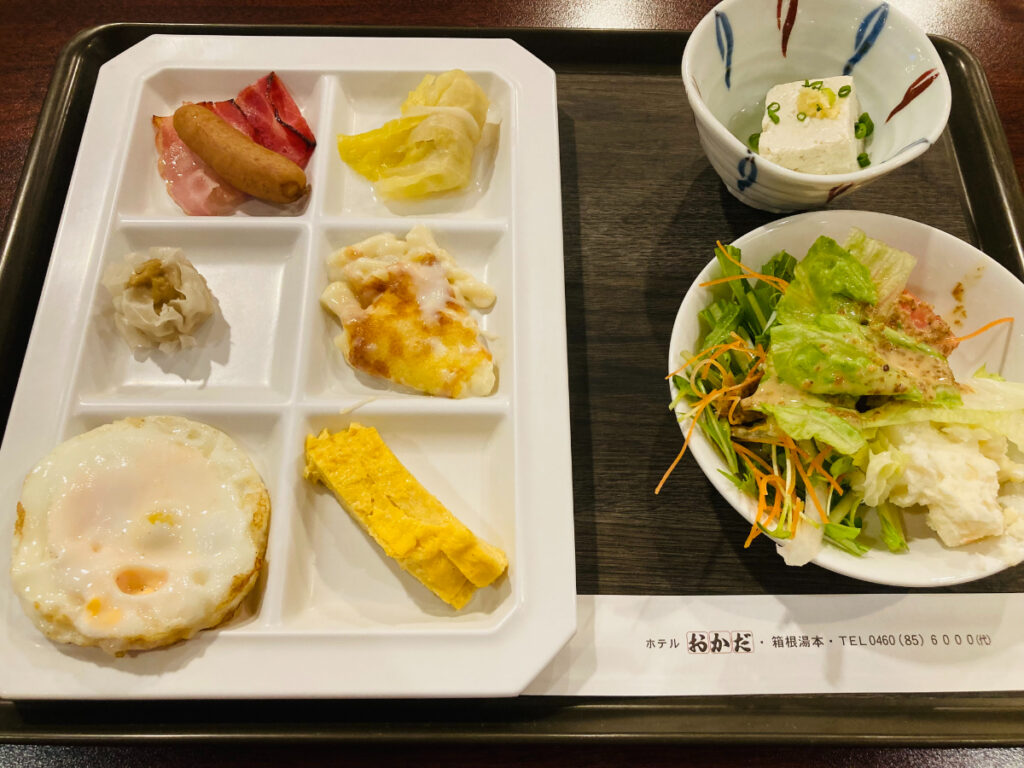
My Pick? Kaiseki!
If I had to choose just one, I’d go with kaiseki. The elegant presentation and local flavors make it a highlight of any trip. Even when encountering unfamiliar dishes, the element of surprise adds to the experience.
Nearby Shrine and Waterfall
While stepping out to grab drinks, I stumbled upon a beautiful shrine and a soothing waterfall.
Though I forgot to take a picture of the shrine, I was struck by the intricate dragon carving on its purification basin.
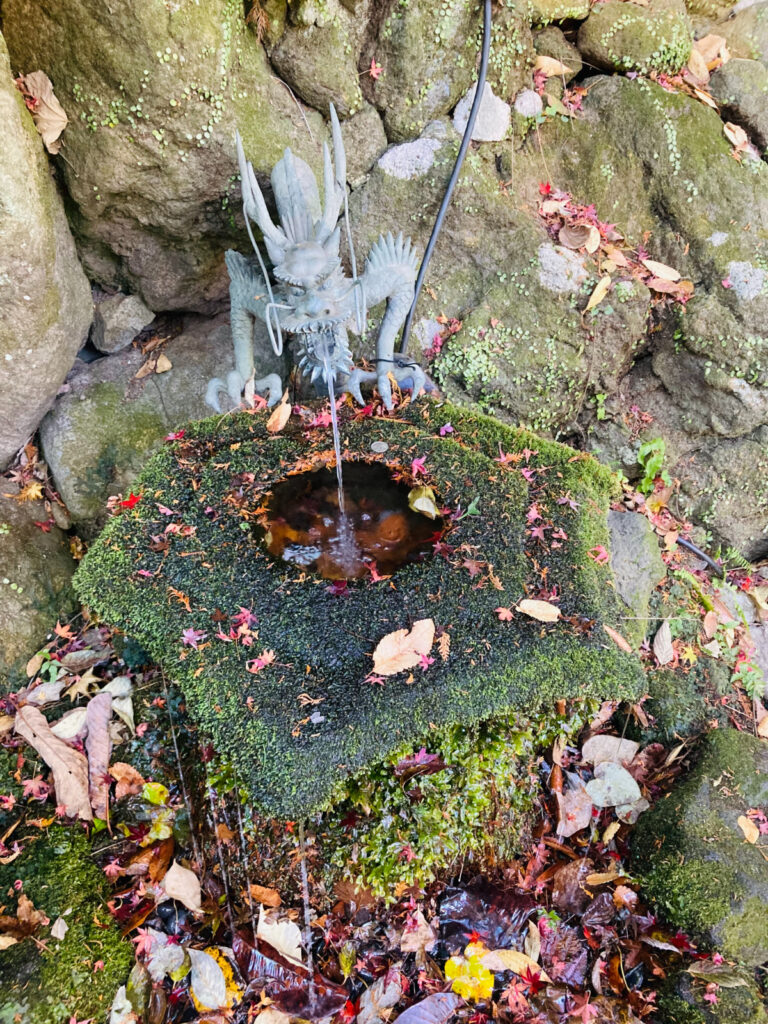
The waterfall, too, left me feeling refreshed.
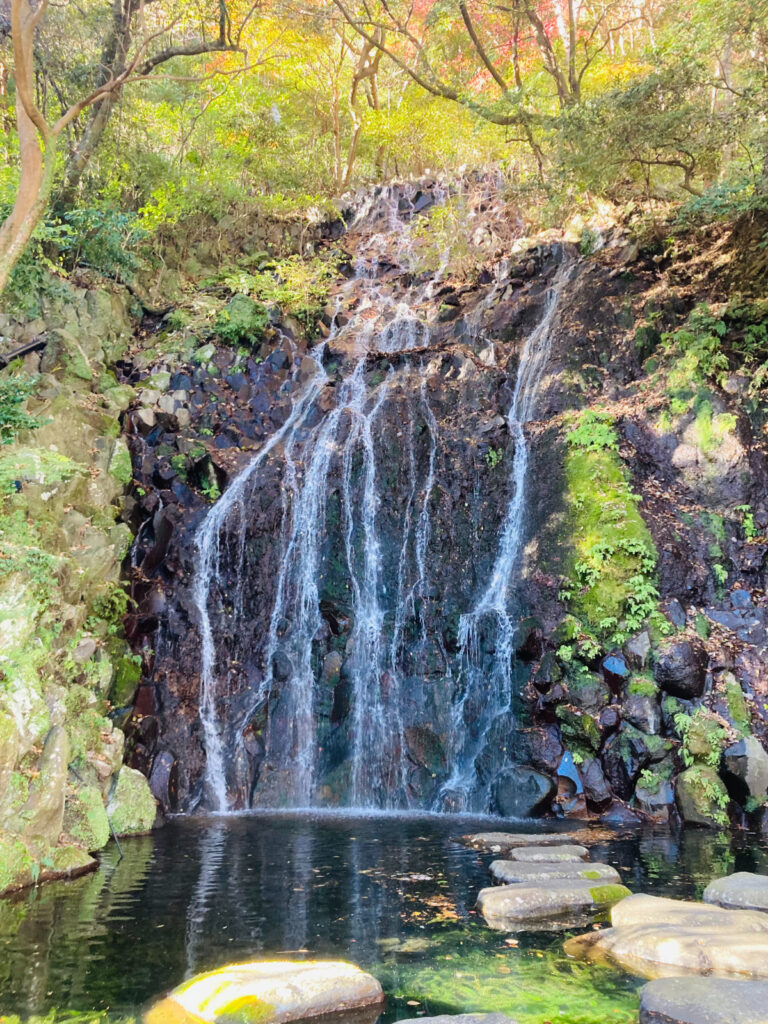
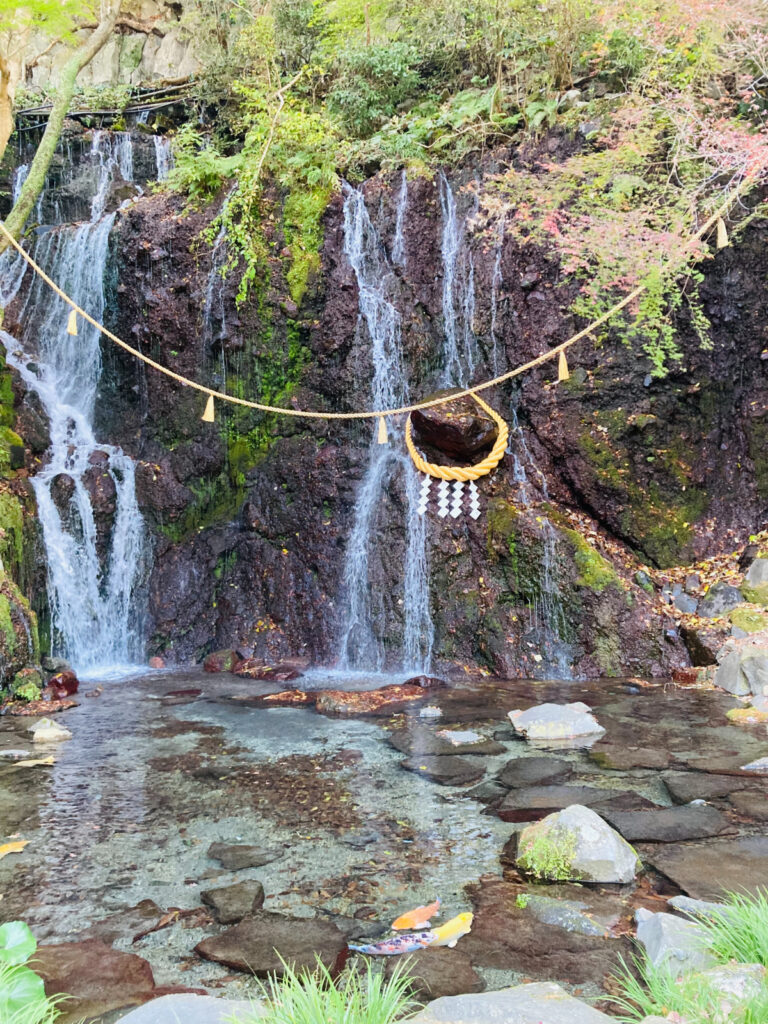
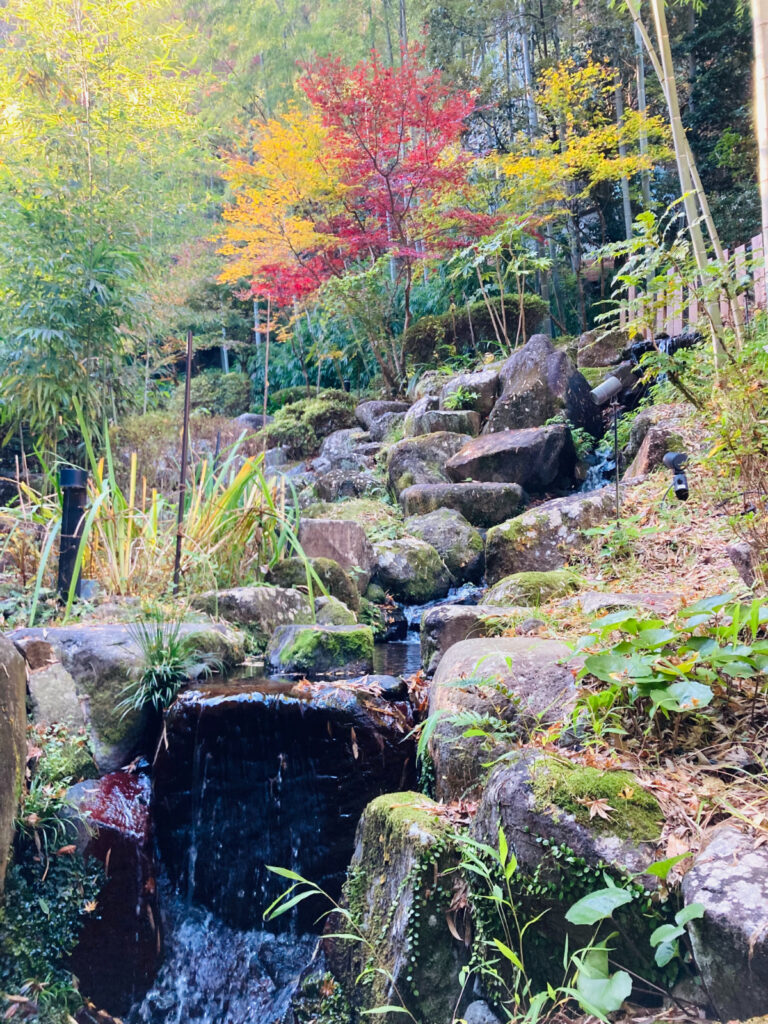
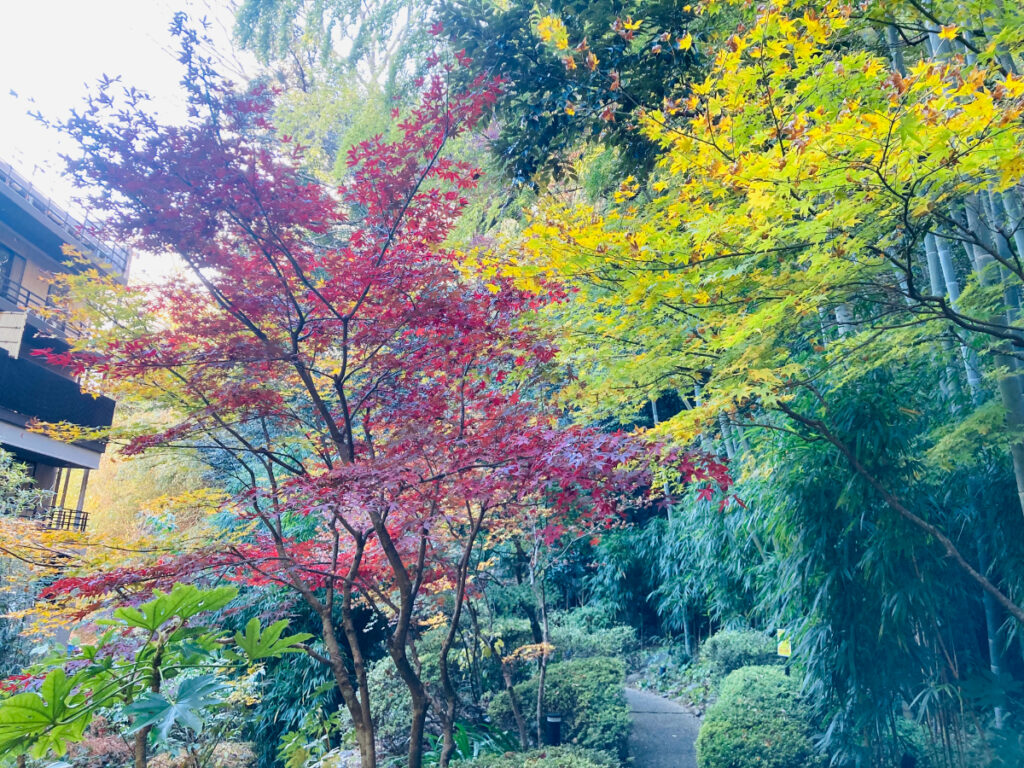
Reflecting on the Year: A Digital Detox
With less than two weeks left in 2024, I realized how much mental clutter I’d accumulated from researching Yasuke and Thomas Lockley. This trip reminded me of the importance of stepping away from the internet and embracing a digital detox in nature.
As many of my Preply students in North America slow down for the holidays, I plan to take it easy and reflect on the past year. Here’s to starting the new year refreshed!
